 2.
2.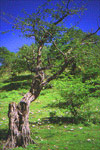 3.
3.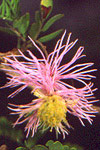 4.
4.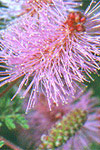 5.
5. 6.
6.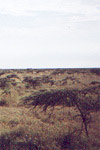 7.
7.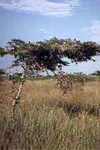 8.
8.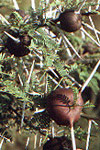 9.
9.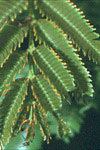 10.
10.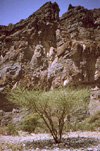
If you throw a stick anywhere in the dry tropics, chances are it will hit a member of the Legume Family. Chances are the stick is from a legume, too. The Legume Family is by far the most important family in dry tropical habitats both in terms of species diversity and number of individuals. The family is of enormous economic importance for food, fuel, fodder, and other products such as gums (locust bean gum and guar).
The family is divided into three subfamilies:
Mimusoid legumes (subfamily Mimusoideae)
1. 2.
2. 3.
3. 4.
4. 5.
5. 6.
6. 7.
7. 8.
8. 9.
9. 10.
10.
Coming soon... papilionoids are very common in the temperate zone
but less important in the lowland tropics.
home - people - research - images of the dry tropics - plant pages - exploration - acknowledgements
Instituto de Biología, Universidad Nacional Autónoma
de México
Circuito Exterior s/n, Ciudad Universitaria
Copilco, Coyoacán A. P. 70-367
C. P. 04510, México, D. F.
MÉXICO
(52) 55 5622-9127 fon (52) 55 5555-1760 fax
molson@ibiologia.unam.mx